Meeting report- First joint meeting of the French society for developmental biology and for genetics
Posted by Catarina Vicente, on 25 November 2013
The first joint meeting of the French Society for Developmental Biology and the French Society of Genetics took place close to Avignon, in Isle sur la Sorgue, between the 12th and the 15th of November. This small meeting was a great chance to hear about the interesting developmental biology going on in France, and to talk with the scientists in the French community. The conference venue- a nice holiday resort away from the centre of Avignon- was ideal for this, encouraging people to stay in the venue and interact during the breaks.
Joint meetings are very interesting, as they highlight the overlap and synergy between fields. The connections between developmental biology and genetics were highlighted, for example, in the first opening lecture, by Patrick Lemaire (CRBM, Montpellier). His lab is attempting to understand how different ascidian species can have very similar morphologies and developmental stages while diverging in genome sequence, by comparing genome architecture and regulatory sequences across species.
The next 2 days of the conference were divided into different sessions. It is not possible to summarise all the talks, so I will highlight only a few. The first session was on the epigenetics of development. One of the highlights in this session was the talk by Olivier Voinnet (ETH Zurich) who considered how plants are able to silence transposons by analyzing the behavior of the reactivated transposon Évadé. He showed how Évadé is perceived as an RNA virus by the plant, but is able to evade silencing until a threshold of the virus RNA is reached, leading to promoter methylation and silencing. The second session of the conference was on germ cells, meiosis and early developmental decisions. In this session, Jean René Huynh (Institute Curie) explored how chromosome pairing takes place in meiosis in Drosophila, while Marine Poulain (INSERM CEA) presented her work investigating the role of DMRTA2 in the female ovaries using xenografts of human fetal ovaries in mice.
The second full day of the conference kicked off with a session on genome dynamics and evolution. In this session Jean Deutsch (UPMC CNRS) used his slot for a philosophical discussion of why we must revisit the traditional definition of ‘gene’ in light of the discoveries in the last few decades. Jean has written an article about this topic for the French edition of Scientific American, which you can read here [in French]. Also in this session, Guillaume Balavoine (Institut Jacques Monod) introduced the marine annelid Platynereis as an interesting model system in which to study segmentation, while Nicolas Gompel (LMU Munich) explored the genetics behind the emergence and diversification of wing patterns in Drosophila. In the Signalling and Gene network sessions, Corinne Houart (King’s College London) presented her group’s work.on the signaling centres involved in regulating the size and complexity of the forebrain. Also in this session Pierre Leopold (IBV Nice) considered how organ growth and developmental timings are coordinated in Drosophila.
The last day of the conference started with a talk by Emmanuelle Szenker, the winner of the French Society for Developmental Biology PhD Thesis Award, who examined the roles of histone variants H3.2 and H3.3 during frog development during her PhD.
The conference concluded in style with 3 great talks in a session dedicated to new approaches and challenges in development and genetics. Frank Schnorrer (MPI Munich) presented work from his lab investigating how flight muscle morphogenesis takes place, using a combination of techniques, including beautiful microscopy, RNAi and microarrays. He also introduced his current collaborative project to generate a comprehensive, genome-wise library of tagged Drosophila proteins within their native genomic context. Eileen Furlong (EMBL Heidelberg) described how her lab is assessing the 3D organization of enhancers in the genome, and how these physical connections change during development. The conference concluded with an excellent talk by Feng Zhang (MIT). Feng first described the development and applications of CRISPR technology. He then moved on to present a new method to control epigenetic states by combining optogenetics technology with the microbial effector proteins TALEs.
It was great to attend this meeting and to be able to get a taste of the great science going on in France. We hope to have spread the word about the Node a little bit more, and hopefully have a greater participation of the French community on the Node in the future!


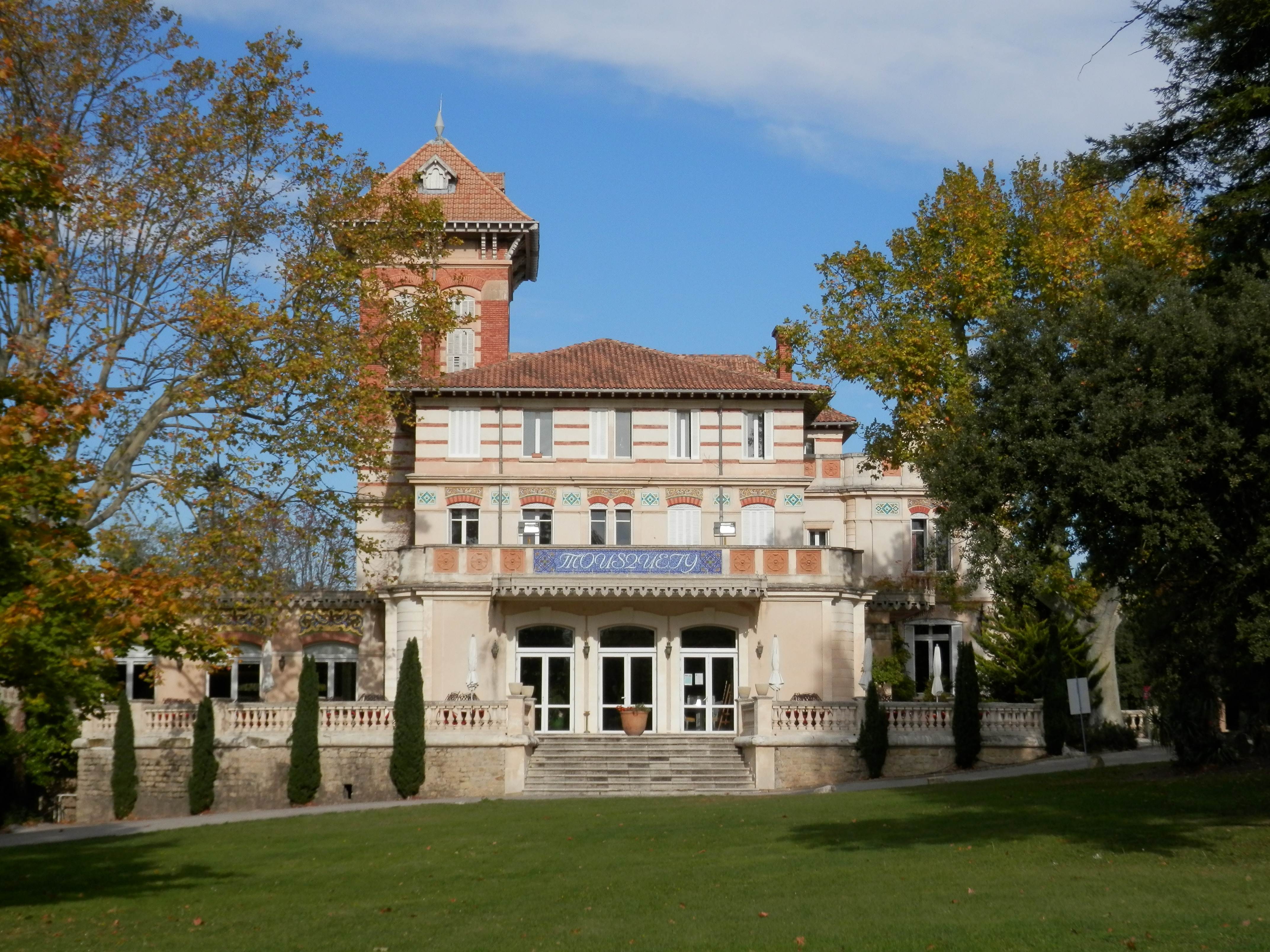
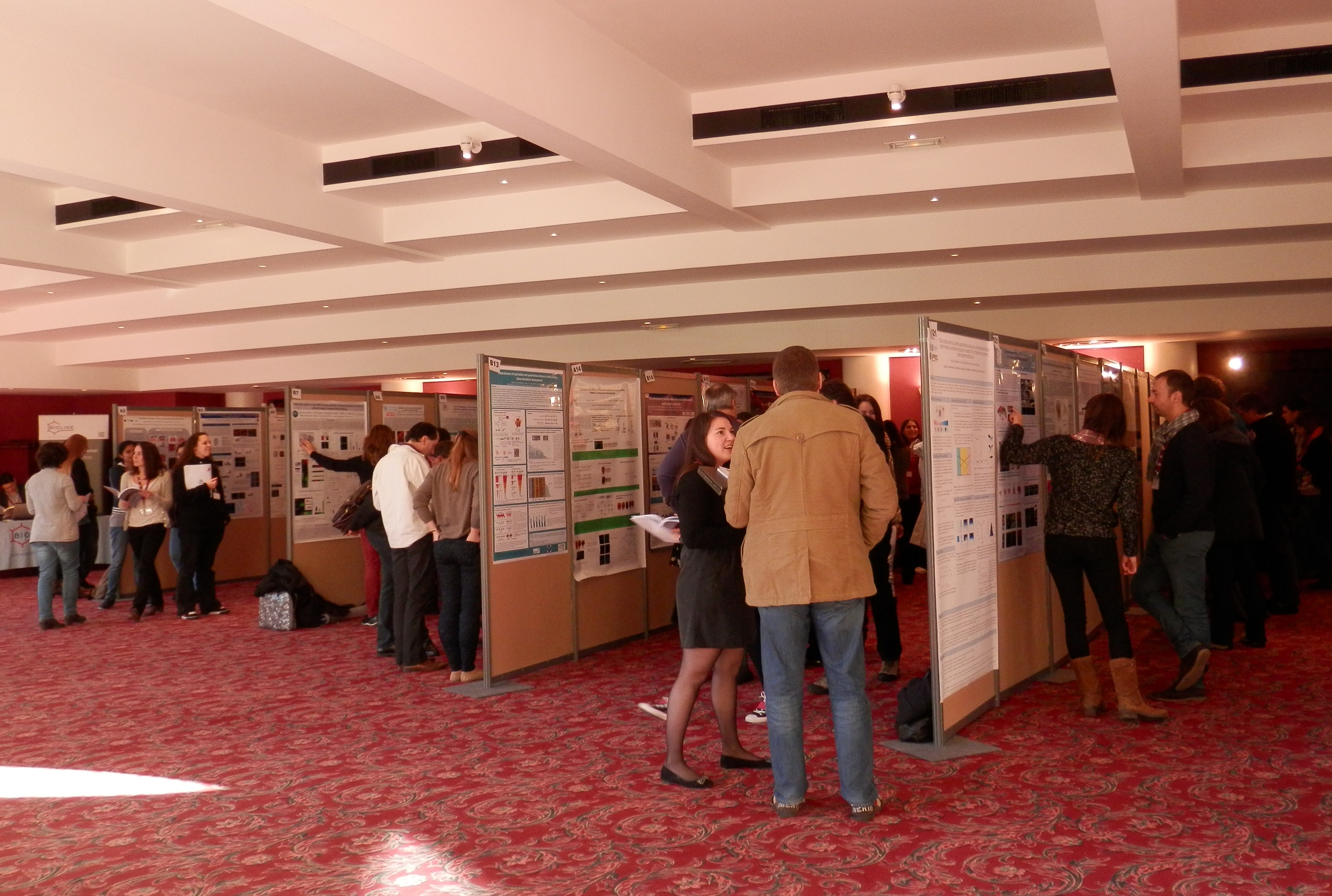
 (4 votes)
(4 votes)




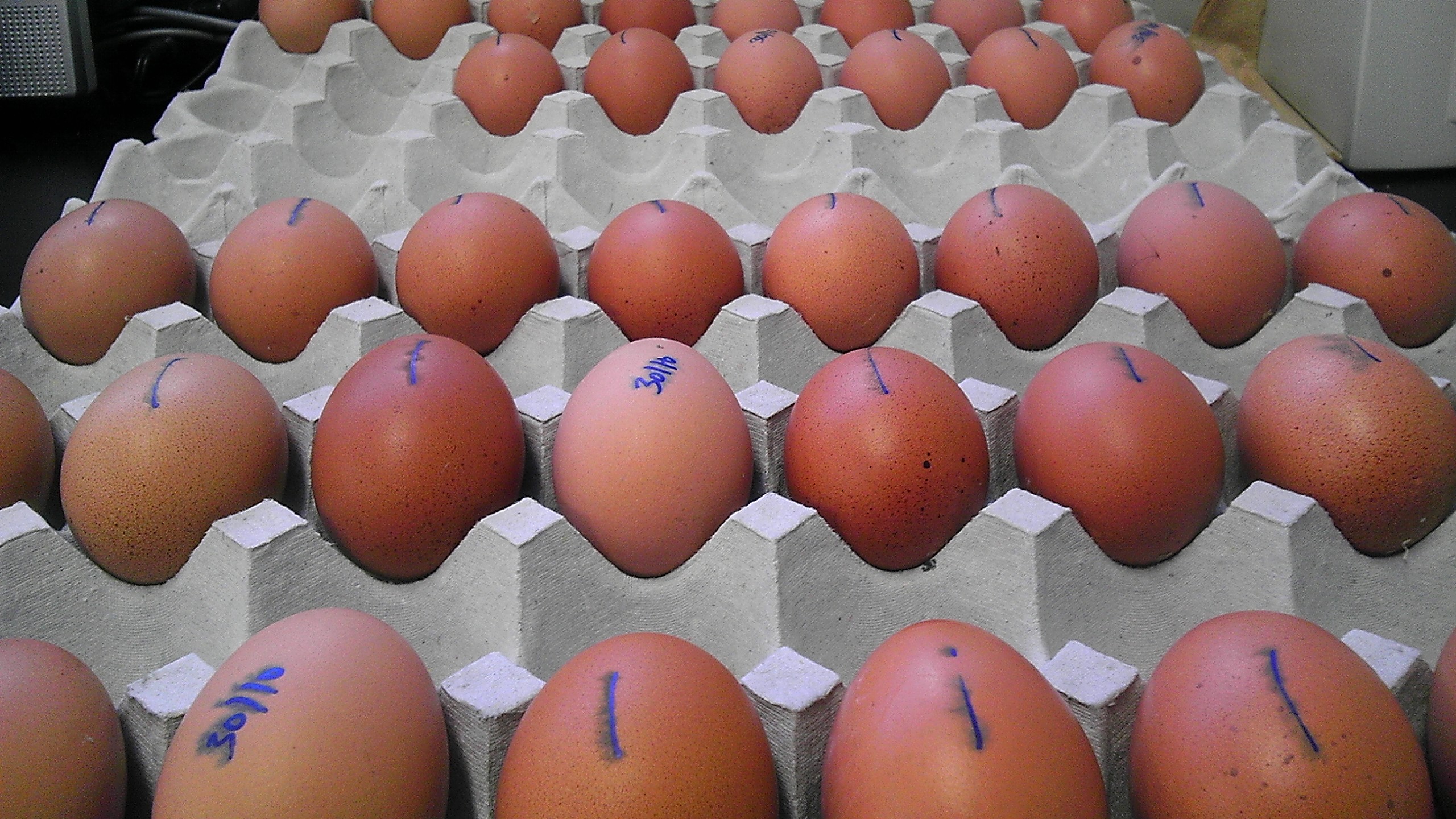
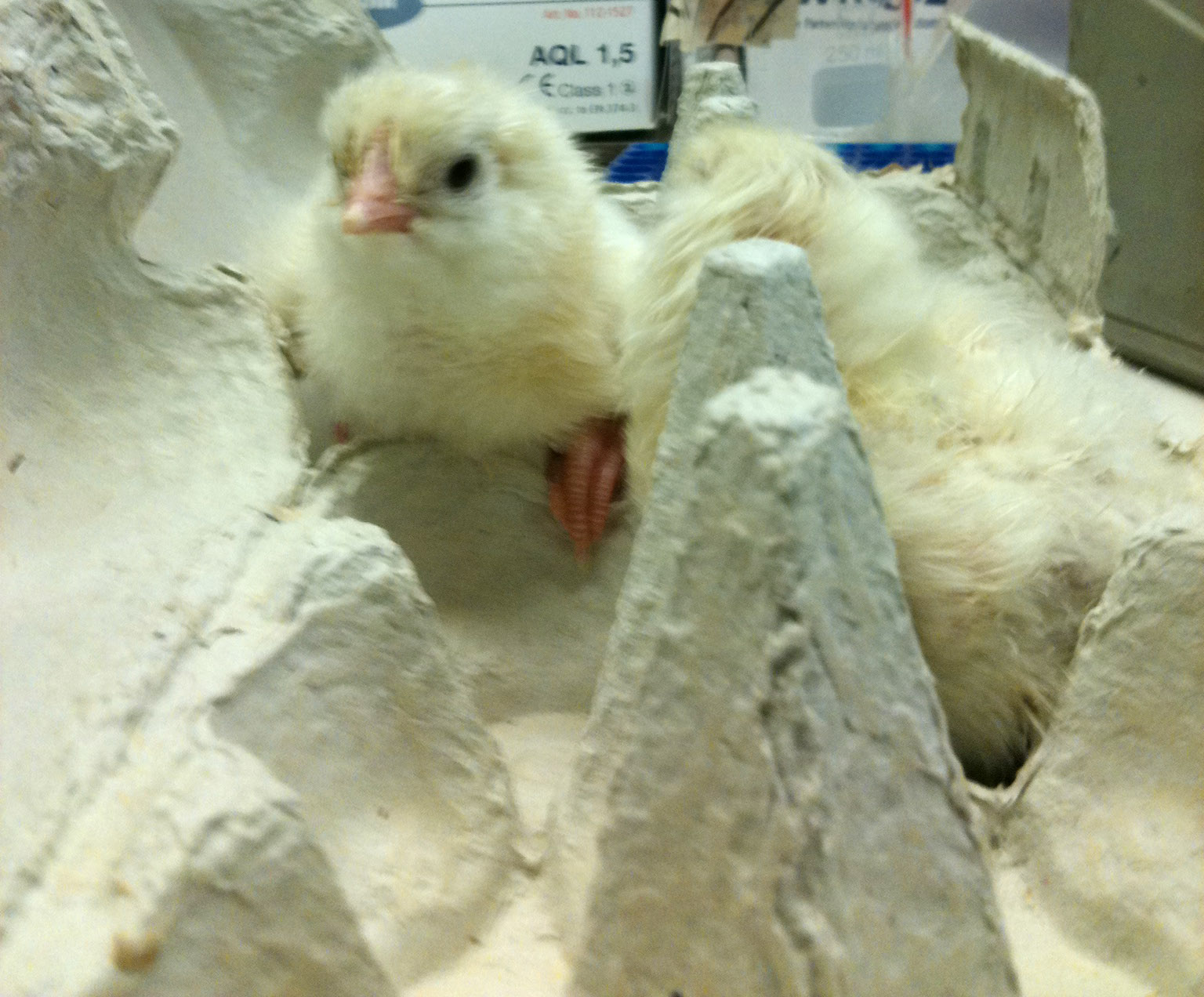
 This post is part of a series on a day in the life of developmental biology labs working on different model organisms. You can read the introduction to the series
This post is part of a series on a day in the life of developmental biology labs working on different model organisms. You can read the introduction to the series 
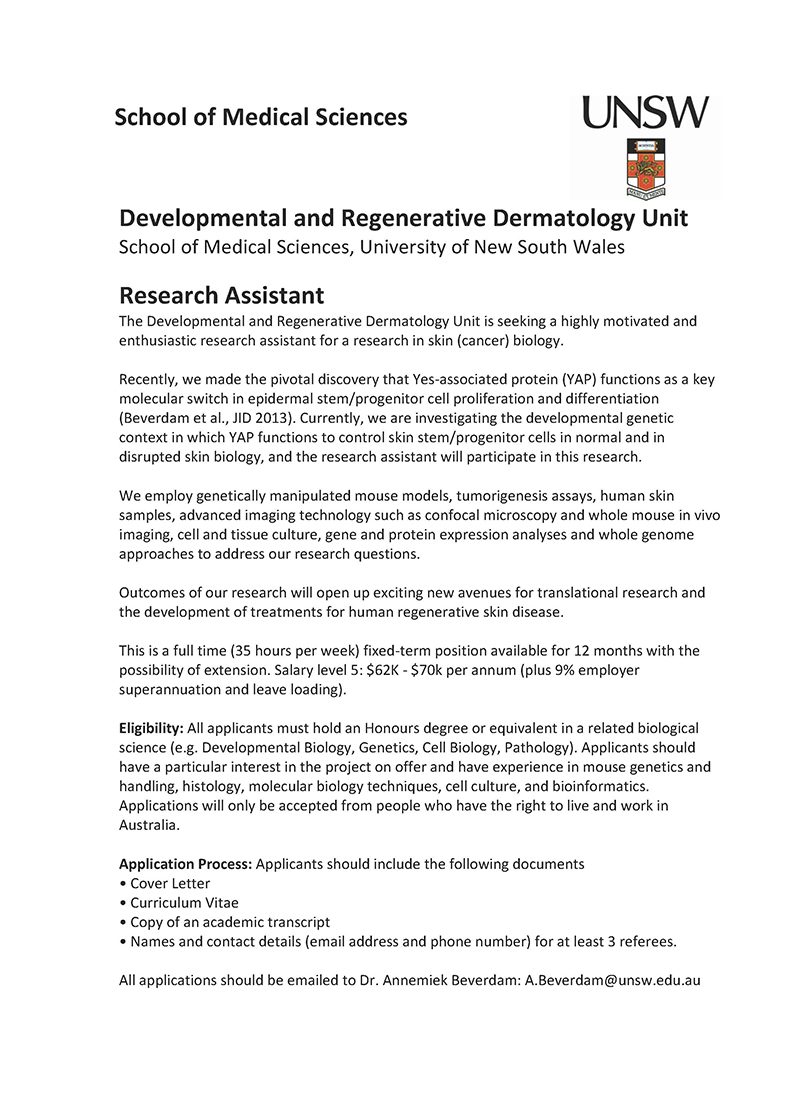
 (No ratings yet)
(No ratings yet)
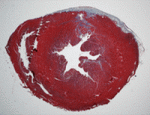 Mammalian cardiac regeneration is greatly impeded by the massive loss of cardiomyocytes that occurs following acute injury. The failure of the remaining cells to proliferate is a considerable challenge for the field, but the molecular mechanisms that control cardiomyocyte proliferation in the adult heart are largely unknown. Now, on
Mammalian cardiac regeneration is greatly impeded by the massive loss of cardiomyocytes that occurs following acute injury. The failure of the remaining cells to proliferate is a considerable challenge for the field, but the molecular mechanisms that control cardiomyocyte proliferation in the adult heart are largely unknown. Now, on 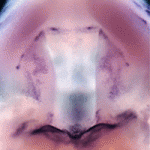 Precise orchestration of palate formation involves the complex interaction of signalling cascades and transcriptional networks in the developing craniofacial region. Pax9 and Osr2 have previously been implicated in palate formation, but little is known about how these molecular components interact within the greater regulatory network. Now, on
Precise orchestration of palate formation involves the complex interaction of signalling cascades and transcriptional networks in the developing craniofacial region. Pax9 and Osr2 have previously been implicated in palate formation, but little is known about how these molecular components interact within the greater regulatory network. Now, on 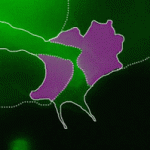 Contact inhibition of locomotion (CIL) is a fundamental regulatory mechanism that ensures correct cell movement and migration. During CIL, cells form transient contacts but the molecular nature of such contacts is unknown. In this issue, Roberto Mayor and colleagues (
Contact inhibition of locomotion (CIL) is a fundamental regulatory mechanism that ensures correct cell movement and migration. During CIL, cells form transient contacts but the molecular nature of such contacts is unknown. In this issue, Roberto Mayor and colleagues (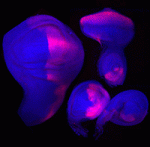 The immense power of Drosophila genetics has allowed invaluable insight into developmental biology. Despite these advances, a significant limitation has always been the lack of an efficient method for modifying select genetic loci. Now, on
The immense power of Drosophila genetics has allowed invaluable insight into developmental biology. Despite these advances, a significant limitation has always been the lack of an efficient method for modifying select genetic loci. Now, on 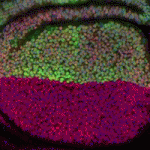 Proper control of cell size is vital to ensure the correct growth and development of any organism. The Myc family of proteins are key regulators of growth, but the mechanisms that control Myc protein levels are complex. Now, on
Proper control of cell size is vital to ensure the correct growth and development of any organism. The Myc family of proteins are key regulators of growth, but the mechanisms that control Myc protein levels are complex. Now, on 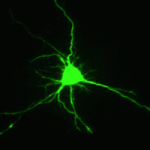 Dendrite complexity determines the functional properties of neurons and the overall connectivity of neuronal circuits. The bone morphogenetic protein (BMP) family is known to regulate a myriad of developmental processes, but the extent to which different members of the family are involved in dendrite growth remains unclear. In this issue (
Dendrite complexity determines the functional properties of neurons and the overall connectivity of neuronal circuits. The bone morphogenetic protein (BMP) family is known to regulate a myriad of developmental processes, but the extent to which different members of the family are involved in dendrite growth remains unclear. In this issue (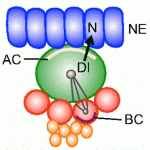 Stem cells and their progenitors are maintained within a microenvironment, termed the niche, but it is known that systemic signals originating outside the niche also affect stem cell and progenitor behavior. Here, Utpal Banerjee and colleagues review recent studies of nutritional effects on stem and progenitor cell maintenance and proliferation in Drosophila. See the Review article on p.
Stem cells and their progenitors are maintained within a microenvironment, termed the niche, but it is known that systemic signals originating outside the niche also affect stem cell and progenitor behavior. Here, Utpal Banerjee and colleagues review recent studies of nutritional effects on stem and progenitor cell maintenance and proliferation in Drosophila. See the Review article on p. 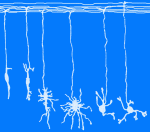 The proper formation and morphogenesis of dendrites is fundamental to the establishment of neural circuits in the brain. In this issue, Sidharth Puram and Azad Bonni review cell-intrinsic drivers of dendrite patterning and discuss how the characterization of such regulators advances our understanding of normal brain development and pathogenesis of diverse cognitive disorders. See the Review on p.
The proper formation and morphogenesis of dendrites is fundamental to the establishment of neural circuits in the brain. In this issue, Sidharth Puram and Azad Bonni review cell-intrinsic drivers of dendrite patterning and discuss how the characterization of such regulators advances our understanding of normal brain development and pathogenesis of diverse cognitive disorders. See the Review on p.